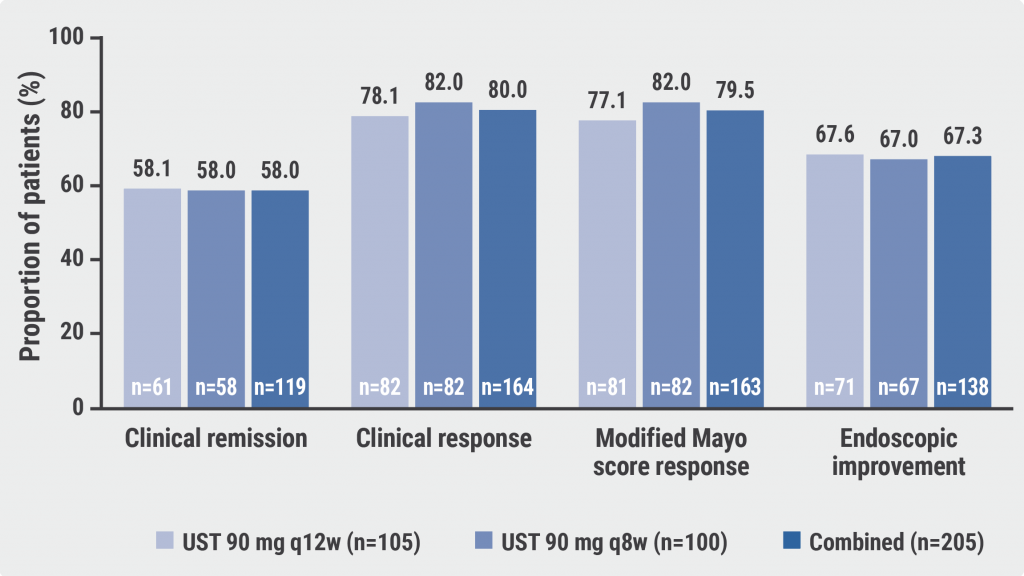"Prior to our study all three endoscopic treatments - POEM, LHM and PD - were considered similarly effective based on poor quality evidence and small studies," Dr. Pradeep Mundre of Bradford Teaching Hospitals, UK told Reuters Health by email. "Evidence from our study suggests that PD performed worst, so ideally should not be preferred. But it can still be considered in some circumstances, depending on comorbidities, costs and patient preference."
"There should be a greater focus on training in POEM in the future, as this is likely to be one of the main treatment options, along with LHM," he said. "Future innovation and research should explore combining anti-reflux procedures along with POEM.
As reported in The Lancet Gastroenterology and Hepatology, Dr. Mundre and colleagues searched the literature through mid-June 2020 for randomized controlled trials (RCTs) assessing the efficacy of POEM, LHM or PD compared with each other in adults with idiopathic achalasia.
The primary outcome was efficacy after a minimum of one year of follow-up. Treatment failure was defined as incomplete or poor symptom control, need for retreatment, or symptom relapse on outcome scores - i.e., Eckardt score >3 or another achalasia-specific symptom score.
Of 1,044 studies initially assessed, nine were eligible RCTs involving a total of 911 participants randomly assigned to LHM (41%), PD (35%), and POEM (24%).
There was moderate heterogeneity among studies and all were at high risk of bias.
Of the three strategies, POEM was ranked first (relative risk of treatment failure, 0.33), followed by LHM (RR, 0.45). Both POEM and LHM were superior to PD on direct and indirect comparison, but neither was significantly more effective than the other.
No significant differences were seen in perforation rates, need for re-intervention or surgery, gastroesophageal reflux, erosive esophagitis, or serious adverse events. However, PD was less likely to cause adverse events than POEM.
Dr. Rena Yadlapati of the University of California, San Diego, coauthor of a related editorial, told Reuters Health by email, "There are now three first-line options for management of achalasia, each with a distinct technique, efficacy, and safety profile. POEM with extension of the myotomy is the preferred approach for type 3, or spastic, achalasia, whereas all three approaches effectively target the lower esophageal sphincter and should be considered for type 1 and 2 achalasia."
"Generally, PD is less effective than POEM or LHM; however, there are increased rates of reflux with POEM if performed without a combined anti-reflux procedure and adverse events occur most commonly after LHM," she continued. "Thus, therapy should be personalized to the patient's profile, phenotype and preference, and there is often more than one right answer."
"As the paradigm for achalasia shifts towards personalized phenotype-driven care, we have found the field at an exciting multi-disciplinary crossroads with the opportunity to bring esophagologists, advanced endoscopists, and foregut surgeons together to provide high-quality patient-centered care," Dr. Yadlapati concluded.
By Marilynn Larkin
SOURCE: https://bit.ly/3lYWCE3 and https://bit.ly/37jIfGg The Lancet Gastroenterology and Hepatology, online October 6, 2020.
Posted on
Previous Article
« DVT screening, early treatment, prevent PE in necrotizing pancreatitis Next Article
MTIS 2020 Highlights Podcast »
« DVT screening, early treatment, prevent PE in necrotizing pancreatitis Next Article
MTIS 2020 Highlights Podcast »
Related Articles

April 18, 2024
How effective is dose escalation of biologicals in IBD?

© 2024 Medicom Medical Publishers. All rights reserved. Terms and Conditions | Privacy Policy
HEAD OFFICE
Laarderhoogtweg 25
1101 EB Amsterdam
The Netherlands
T: +31 85 4012 560
E: publishers@medicom-publishers.com

